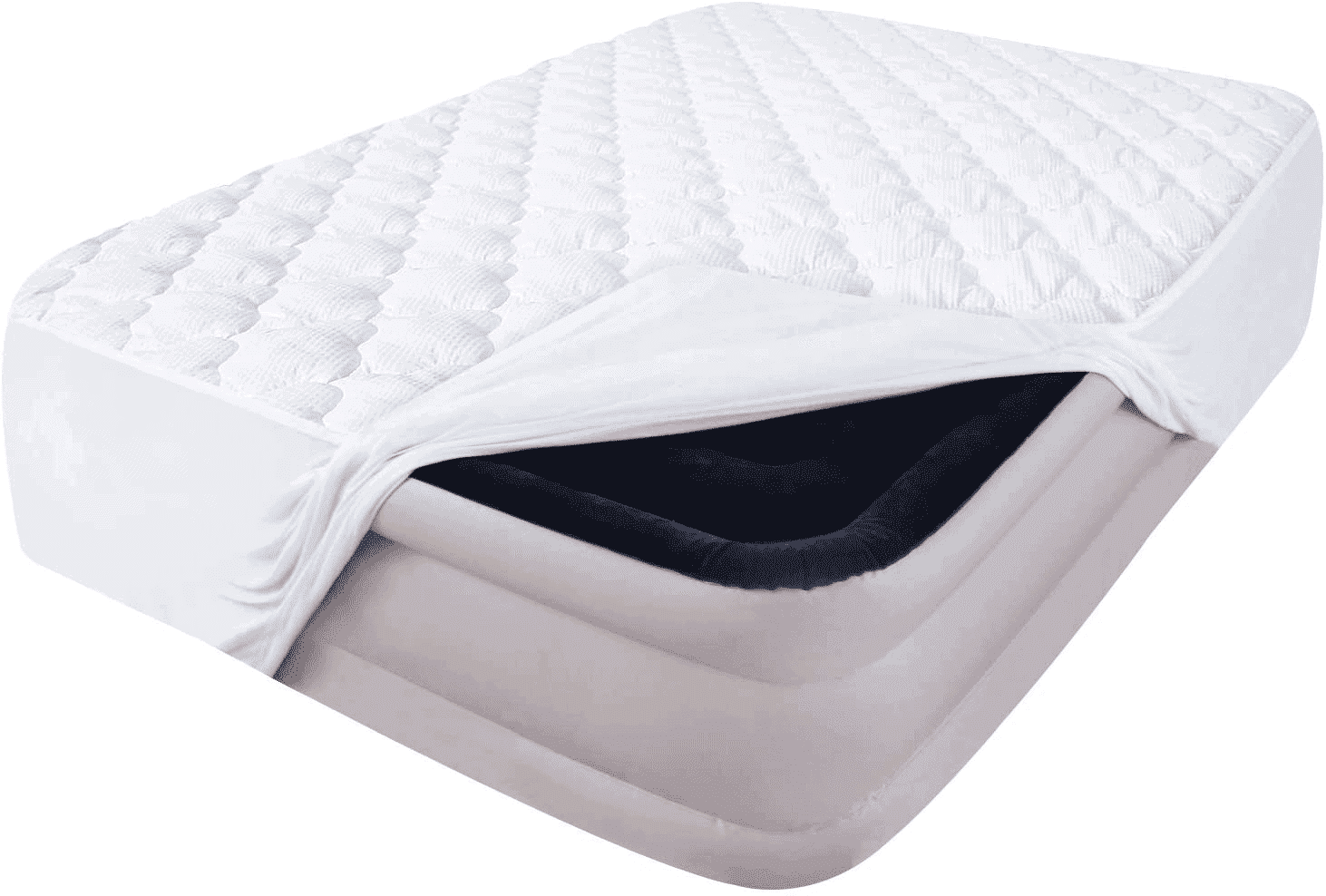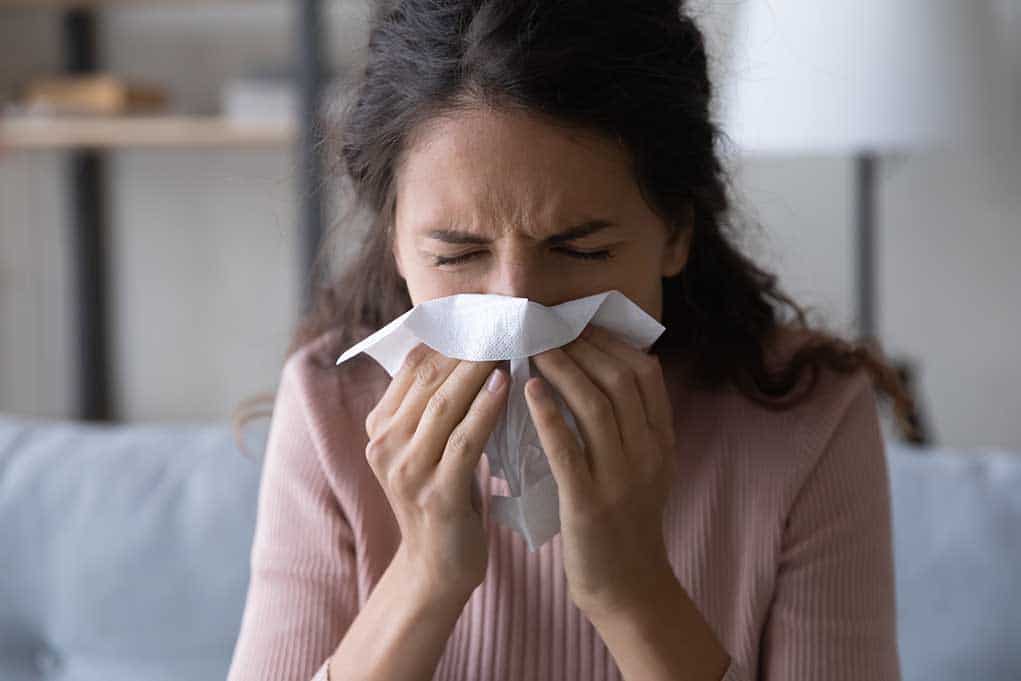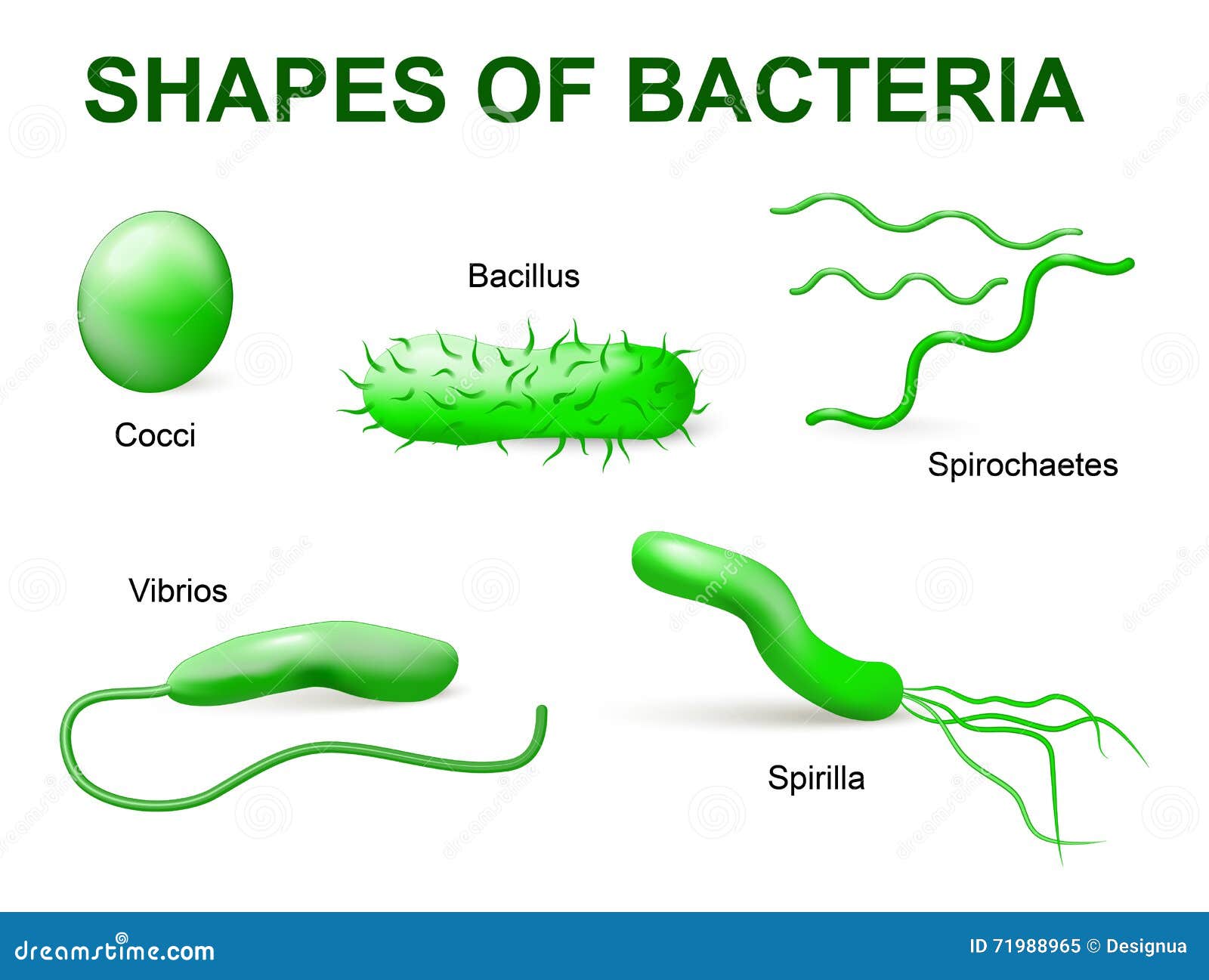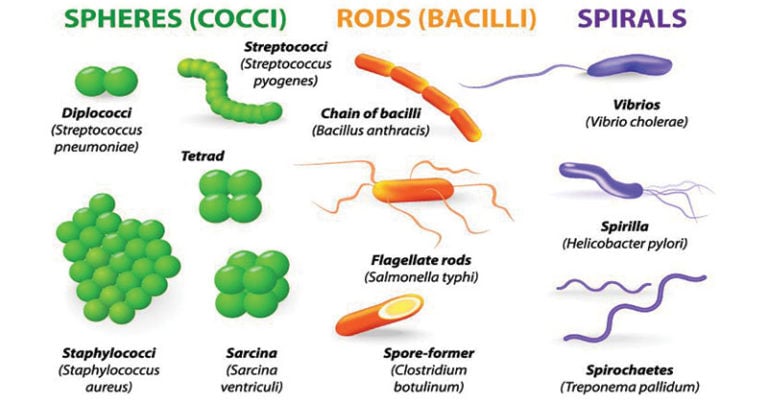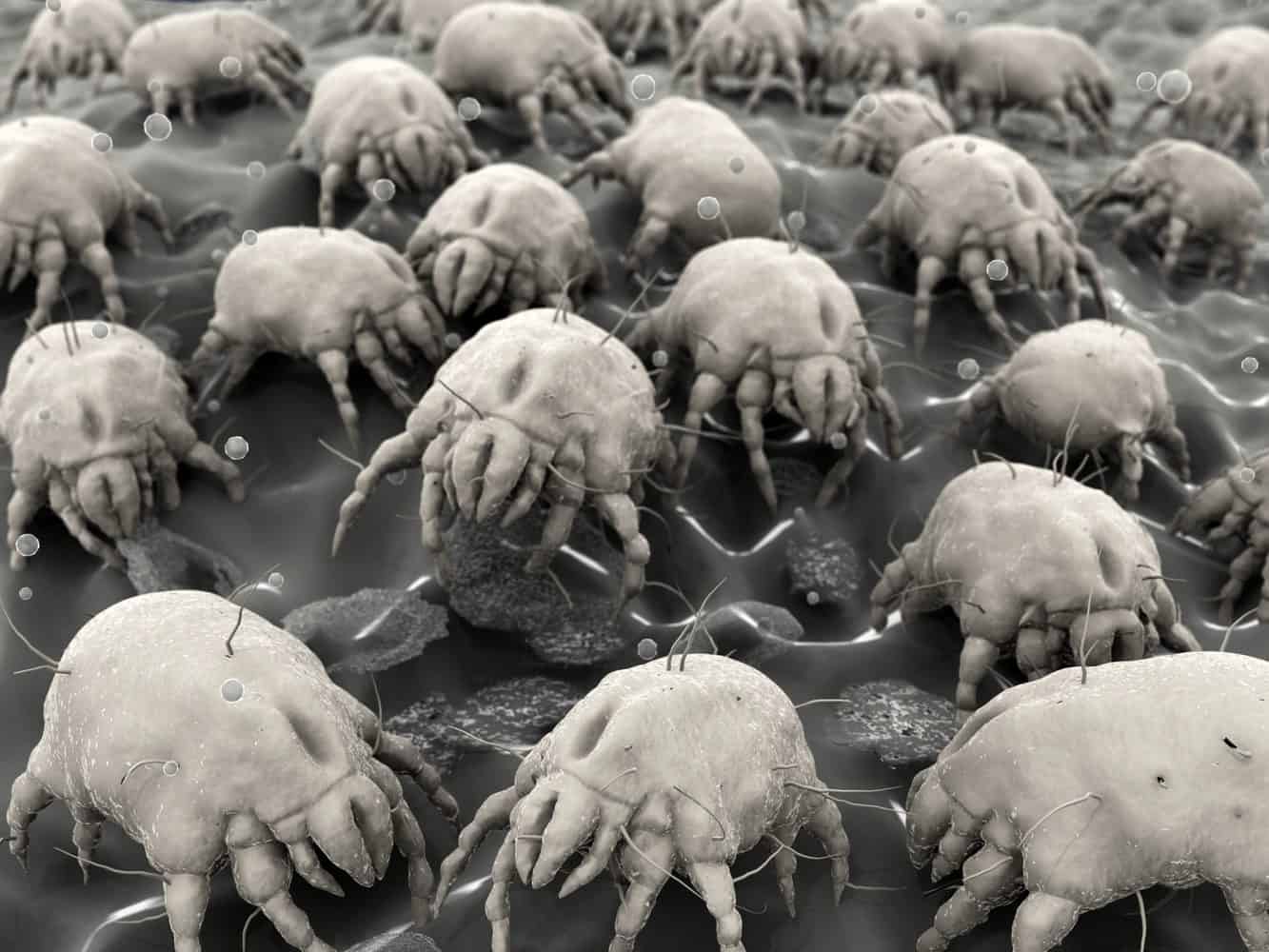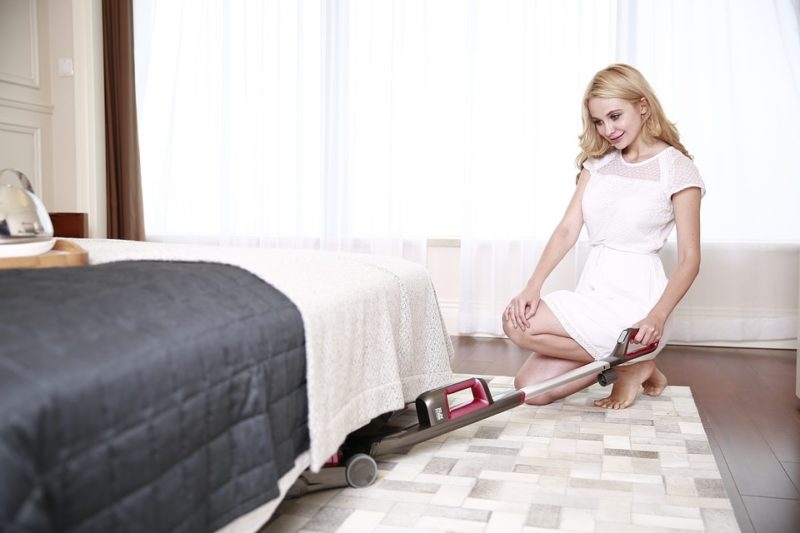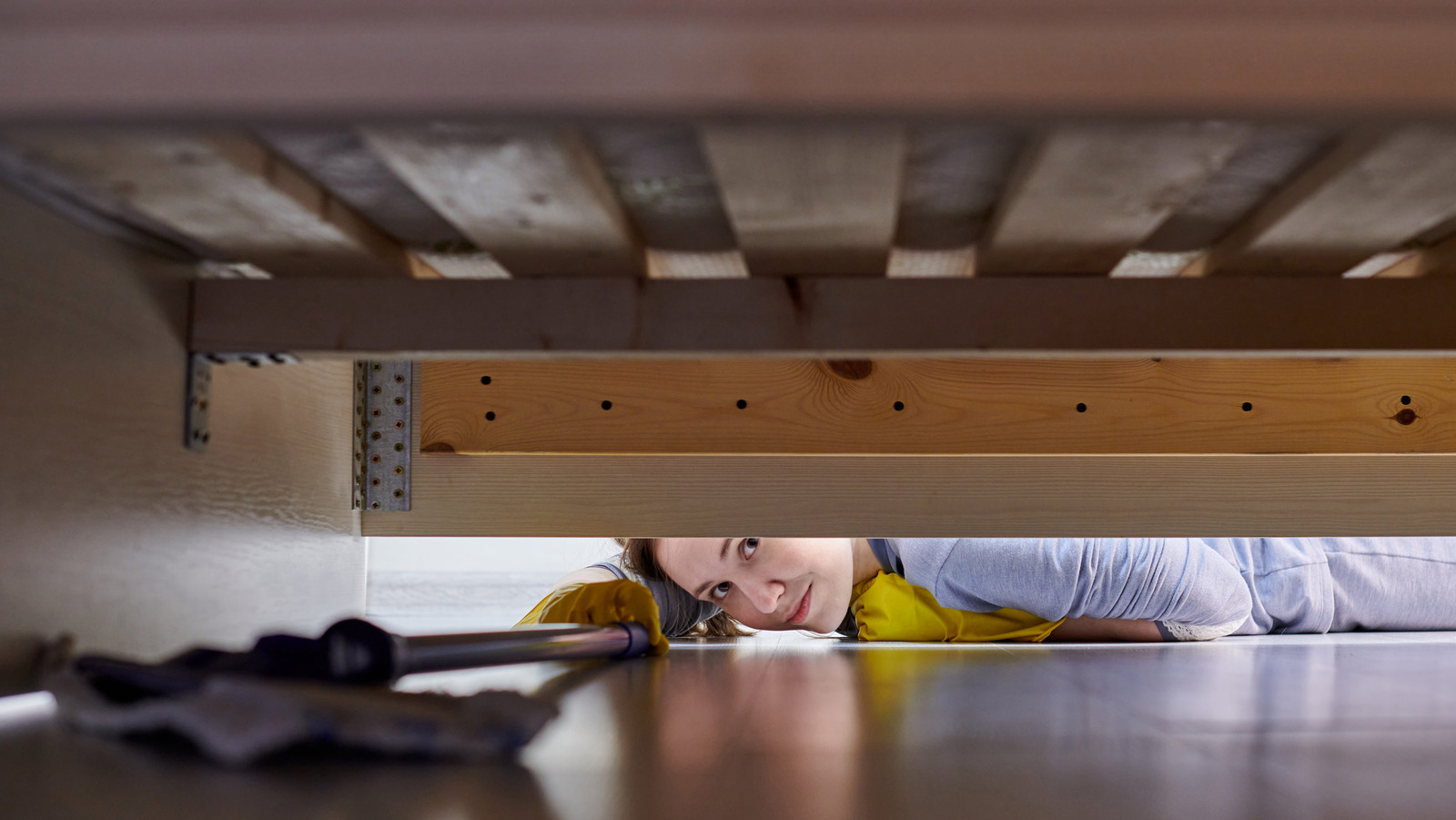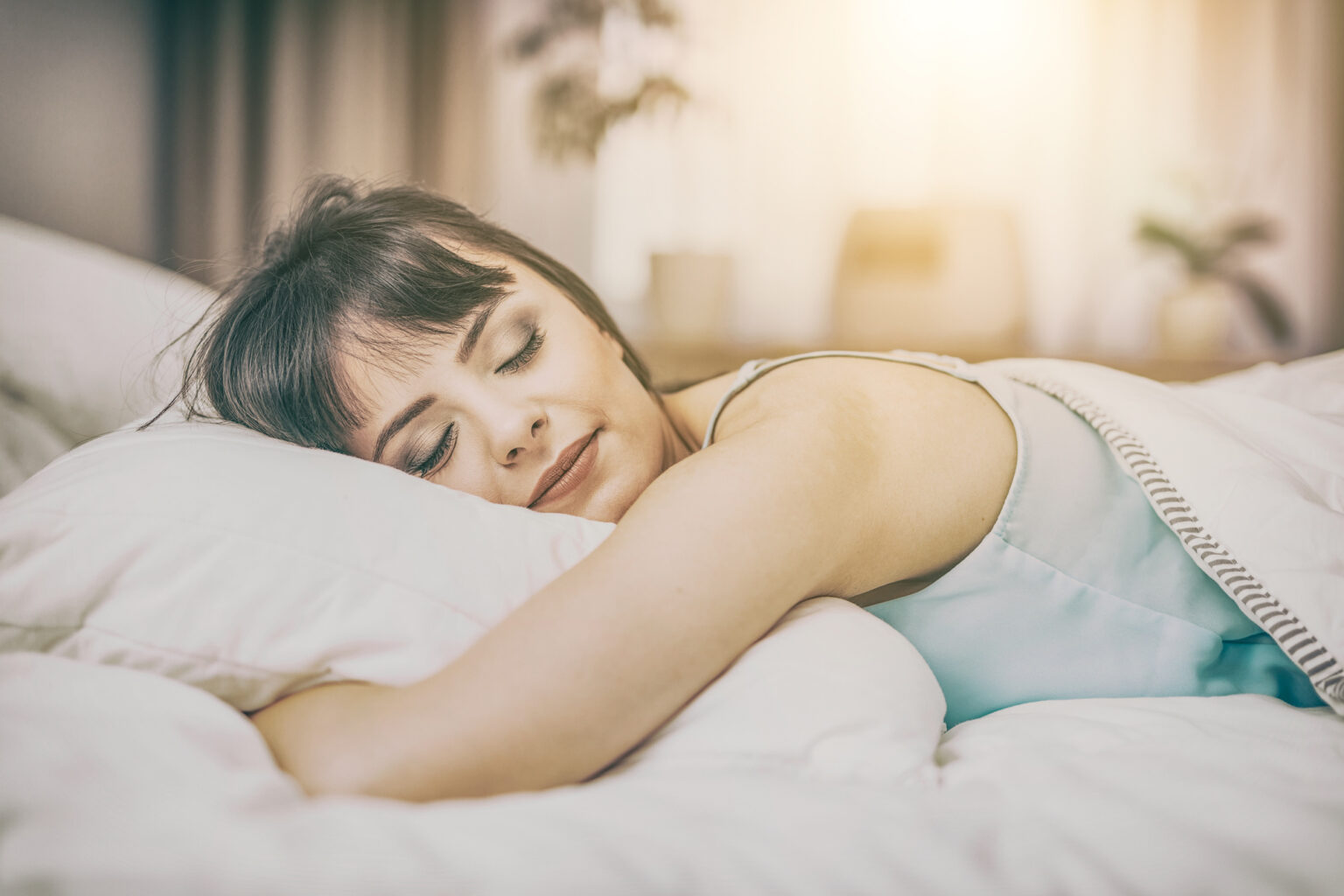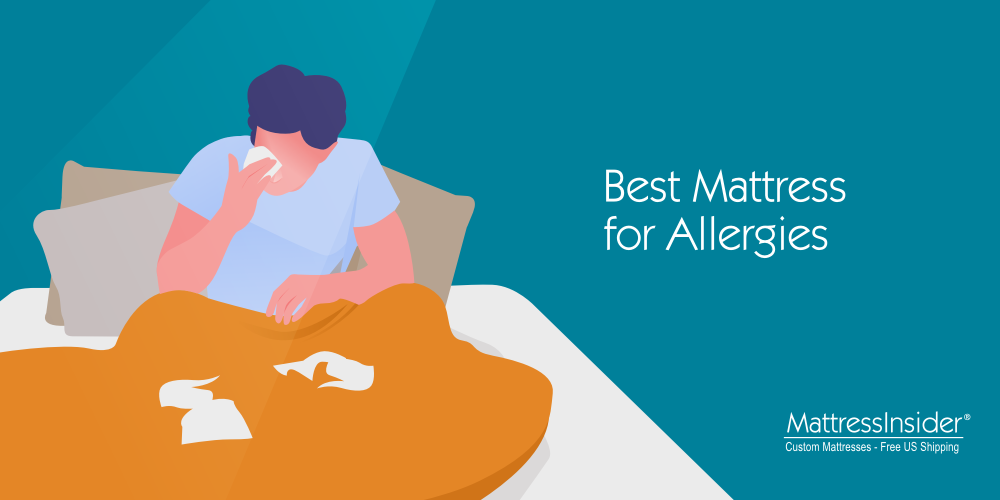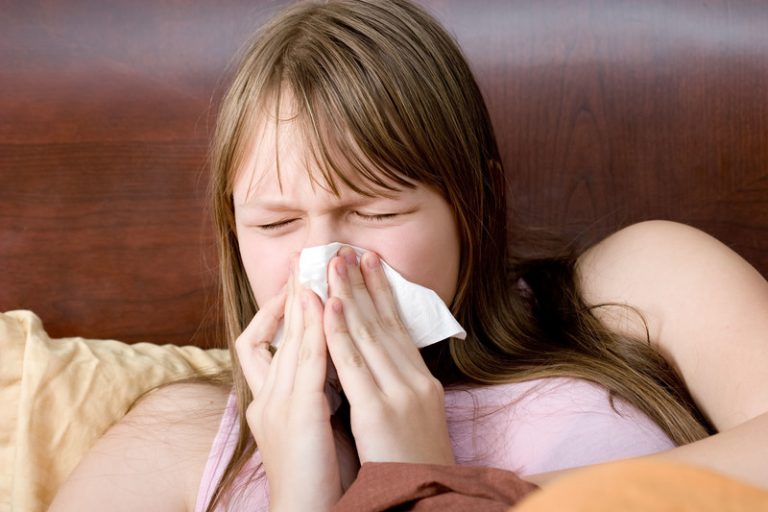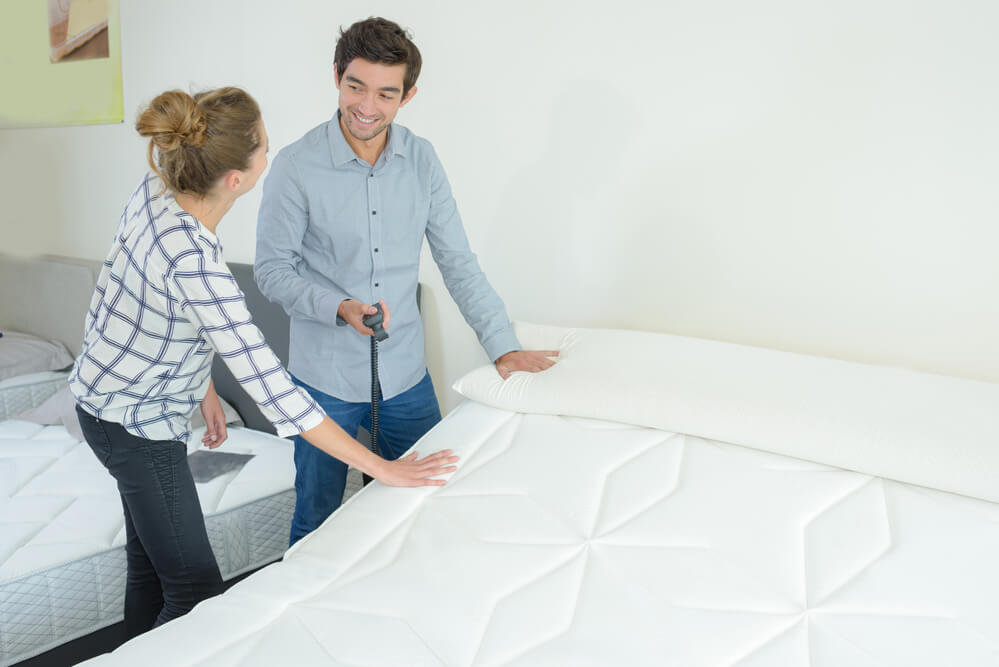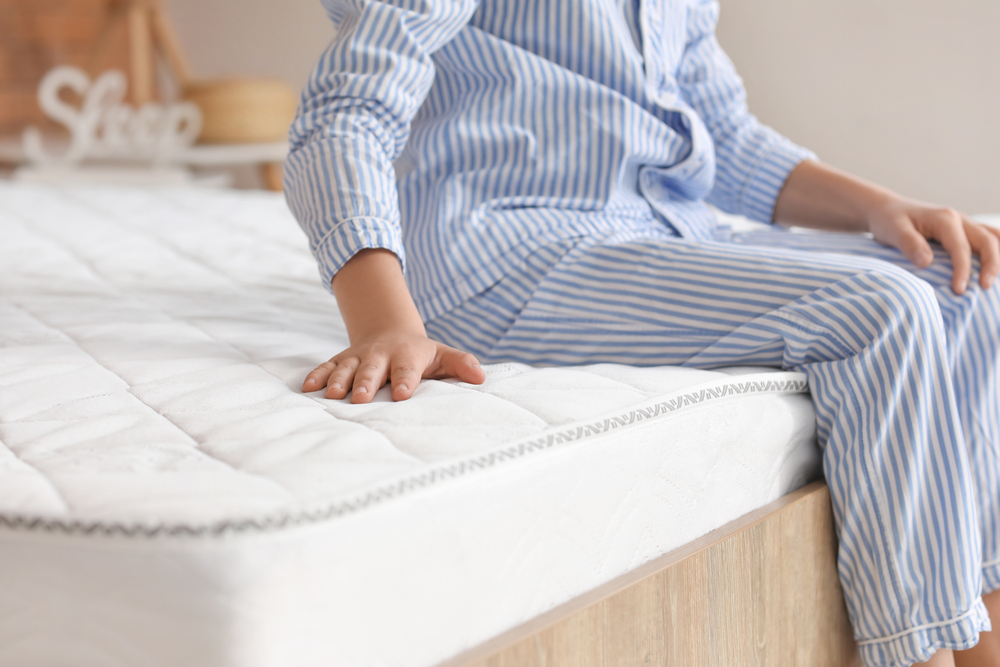When was the last time you gave your bed mattress a thought? It's probably not something that crosses your mind often, but the truth is, your mattress is home to a whole host of bacteria and bugs that can have a significant impact on your health and wellbeing. Yes, you read that right – your precious bed, the place where you spend a third of your life, is actually a hotbed for germs and pests. So, let's delve into the gross truth about your bed mattress and what you can do about it.1. The Gross Truth About Your Bed Mattress
First things first, let's talk about the types of bacteria and bugs that can be found in your bed. One of the most common offenders is Staphylococcus, which can cause skin infections and even pneumonia. Then there's E.coli, which can be found in the fecal matter of humans and animals, and can cause gastrointestinal issues. And let's not forget about dust mites, tiny creatures that feed on dead skin cells and can trigger allergies and asthma. These are just a few examples, but the reality is there are many more lurking in your bed.2. Bacteria and Bugs in Your Bed: What You Need to Know
Now that you know about the bacteria and bugs that can be found in your bed, you may be wondering how they got there in the first place. Well, the answer may surprise you. It's not just about cleanliness – even if you regularly change your sheets and vacuum your mattress, these microorganisms can still find their way in. Sweat, dead skin cells, and bodily fluids can seep into your mattress, providing the perfect breeding ground for bacteria and bugs.3. The Surprising Facts About Mattress Hygiene
So, what can you do to keep your mattress free of these unwanted guests? The key is to practice good mattress hygiene. This means regularly cleaning and disinfecting your mattress, as well as protecting it from spills and stains. To start, invest in a mattress protector that is waterproof and can be easily washed. You should also vacuum your mattress at least once a month to remove any dust, dead skin cells, and other debris.4. How to Keep Your Mattress Free of Bacteria and Bugs
Aside from the gross factor, there are also potential health risks associated with having bacteria and bugs in your bed. As mentioned, they can cause skin infections, respiratory issues, and allergies. But that's not all – some bacteria and bugs can also carry diseases and viruses, putting you at risk for more serious health problems. It's not worth taking the chance – take care of your mattress to protect your health.5. The Hidden Dangers Lurking in Your Bed Mattress
Here's a list of the top 10 most common types of bacteria found in mattresses:6. The Top 10 Most Common Types of Bacteria Found in Mattresses
We mentioned dust mites earlier, but it's worth diving a little deeper into these microscopic creatures. Dust mites feed on dead skin cells, and while they don't pose a direct health risk, their fecal matter and body parts can trigger allergies and asthma. And unfortunately, they can be found in almost every home, including yours. They thrive in warm and humid environments, making your mattress the perfect place for them to live and reproduce.7. The Truth About Dust Mites and Your Mattress
Now that you know about the bacteria and bugs that can be found in your bed mattress, you may be wondering how often you should clean it. The answer is at least twice a year, but ideally, you should do it once every three months. This includes vacuuming, spot cleaning, and disinfecting your mattress. And don't forget to regularly wash your sheets and mattress protector as well.8. How Often Should You Clean Your Bed Mattress?
If you suffer from allergies, your dirty mattress could be making your symptoms worse. As mentioned, dust mites and other bacteria and bugs can trigger allergies and asthma. But even if you don't have allergies, sleeping on a dirty mattress can still affect your overall health. It's essential to keep your mattress clean and hygienic to ensure a good night's sleep.9. The Link Between Dirty Mattresses and Allergies
Finally, let's talk about the lifespan of your bed mattress. On average, a mattress should be replaced every 7-10 years, but this can vary depending on the quality and type of mattress. Over time, your mattress will accumulate more and more bacteria and bugs, making it more challenging to keep clean. So, don't neglect to replace your mattress when it's time – your health and wellbeing depend on it. In conclusion, the next time you crawl into bed, remember that your mattress is not as clean as you may think. Take the necessary steps to keep it free of bacteria and bugs, and don't forget to replace it when it's time. Your health and quality of sleep depend on it.10. The Importance of Regularly Replacing Your Bed Mattress
Bacteria and Bugs in a Bed Mattress: The Hidden Dangers Lurking in Your Sleep Sanctuary

Understanding the Impact of Unseen Microorganisms on Your Health and Sleep Quality
 When it comes to creating a comfortable and healthy living space, many people focus on the obvious elements such as furniture, decor, and air quality. However, one important aspect that is often overlooked is the cleanliness and maintenance of our bed mattresses.
Bacteria and bugs in a bed mattress
may sound like a nightmare, but the reality is that these unseen microorganisms can have a significant impact on our health and sleep quality.
Did you know that the average person spends about one-third of their life sleeping? That's a significant amount of time spent in close contact with our mattresses. While we may think of our beds as a safe haven, the truth is that they can harbor a variety of unwanted guests.
Bacteria, dust mites, and bed bugs
are just some of the common microorganisms that can thrive in our mattresses.
But why are these microorganisms a cause for concern? For one, bacteria can cause unpleasant odors and contribute to respiratory issues. Dust mites, on the other hand, can trigger allergies and asthma symptoms. And
bed bugs
, well, they can cause itchy bites and lead to sleepless nights. These tiny creatures may seem harmless, but they can have a big impact on our health and overall well-being.
So how do these microorganisms end up in our mattresses? It's a combination of factors, including our own bodies. Our skin cells, sweat, and other bodily fluids create the perfect breeding ground for bacteria and dust mites. Additionally, our beds provide warmth, moisture, and food sources for these microorganisms to thrive.
Bed bugs
, on the other hand, can easily hitch a ride into our homes through luggage, clothing, or other infested items.
Now that we understand the potential dangers that lurk in our mattresses, it's crucial to take steps to prevent and eliminate them. Regularly vacuuming, washing bedding in hot water, and using mattress protectors can help reduce the presence of bacteria and dust mites. If you suspect a bed bug infestation, it's important to seek professional help to properly eradicate them.
In conclusion, while we may not be able to see them,
bacteria and bugs in a bed mattress
are a real and significant threat to our health and sleep quality. By taking steps to maintain and clean our mattresses, we can create a healthier and more comfortable sleep environment. Don't let these hidden dangers disrupt your sleep sanctuary, take action to keep them at bay.
When it comes to creating a comfortable and healthy living space, many people focus on the obvious elements such as furniture, decor, and air quality. However, one important aspect that is often overlooked is the cleanliness and maintenance of our bed mattresses.
Bacteria and bugs in a bed mattress
may sound like a nightmare, but the reality is that these unseen microorganisms can have a significant impact on our health and sleep quality.
Did you know that the average person spends about one-third of their life sleeping? That's a significant amount of time spent in close contact with our mattresses. While we may think of our beds as a safe haven, the truth is that they can harbor a variety of unwanted guests.
Bacteria, dust mites, and bed bugs
are just some of the common microorganisms that can thrive in our mattresses.
But why are these microorganisms a cause for concern? For one, bacteria can cause unpleasant odors and contribute to respiratory issues. Dust mites, on the other hand, can trigger allergies and asthma symptoms. And
bed bugs
, well, they can cause itchy bites and lead to sleepless nights. These tiny creatures may seem harmless, but they can have a big impact on our health and overall well-being.
So how do these microorganisms end up in our mattresses? It's a combination of factors, including our own bodies. Our skin cells, sweat, and other bodily fluids create the perfect breeding ground for bacteria and dust mites. Additionally, our beds provide warmth, moisture, and food sources for these microorganisms to thrive.
Bed bugs
, on the other hand, can easily hitch a ride into our homes through luggage, clothing, or other infested items.
Now that we understand the potential dangers that lurk in our mattresses, it's crucial to take steps to prevent and eliminate them. Regularly vacuuming, washing bedding in hot water, and using mattress protectors can help reduce the presence of bacteria and dust mites. If you suspect a bed bug infestation, it's important to seek professional help to properly eradicate them.
In conclusion, while we may not be able to see them,
bacteria and bugs in a bed mattress
are a real and significant threat to our health and sleep quality. By taking steps to maintain and clean our mattresses, we can create a healthier and more comfortable sleep environment. Don't let these hidden dangers disrupt your sleep sanctuary, take action to keep them at bay.

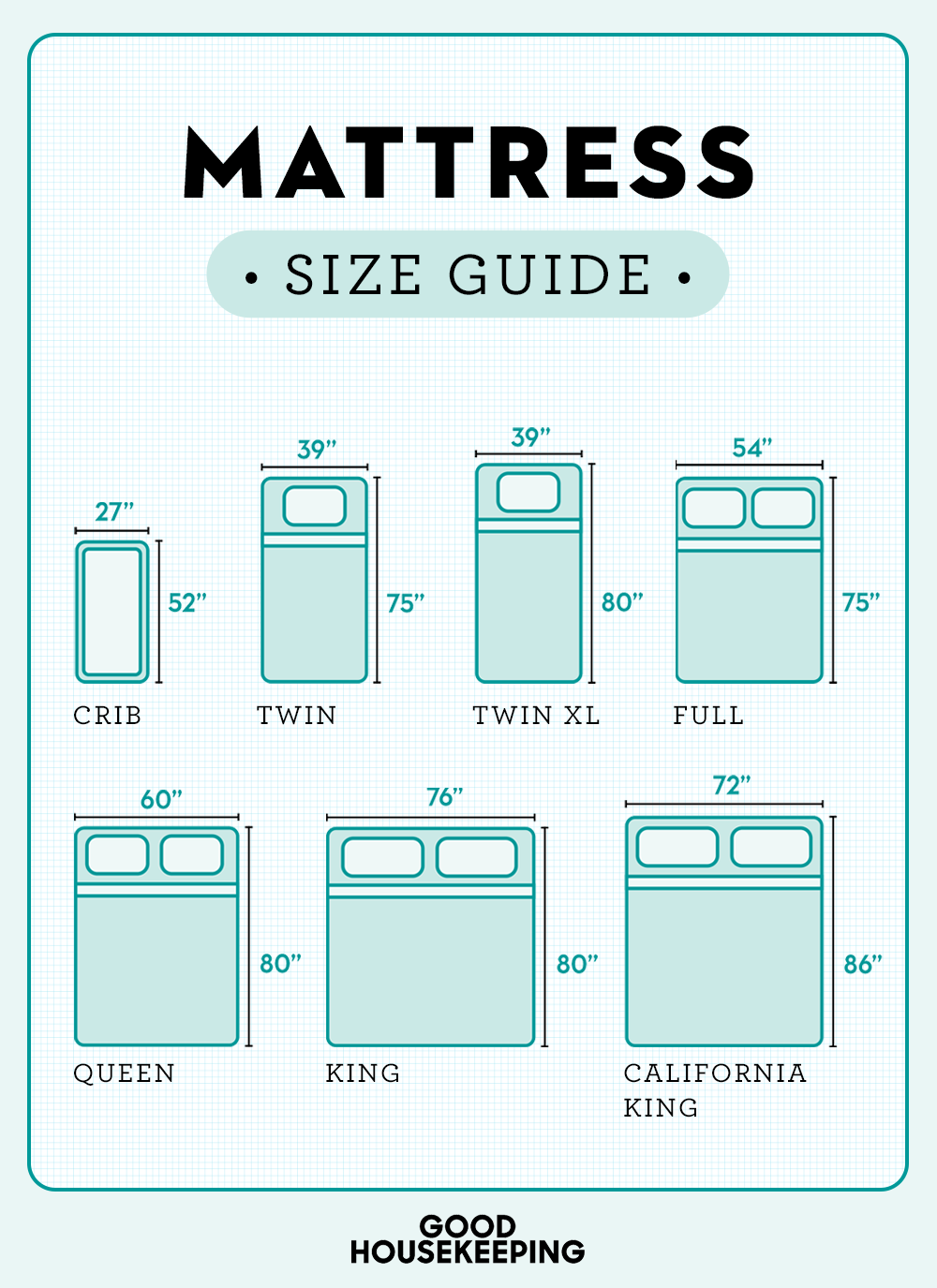








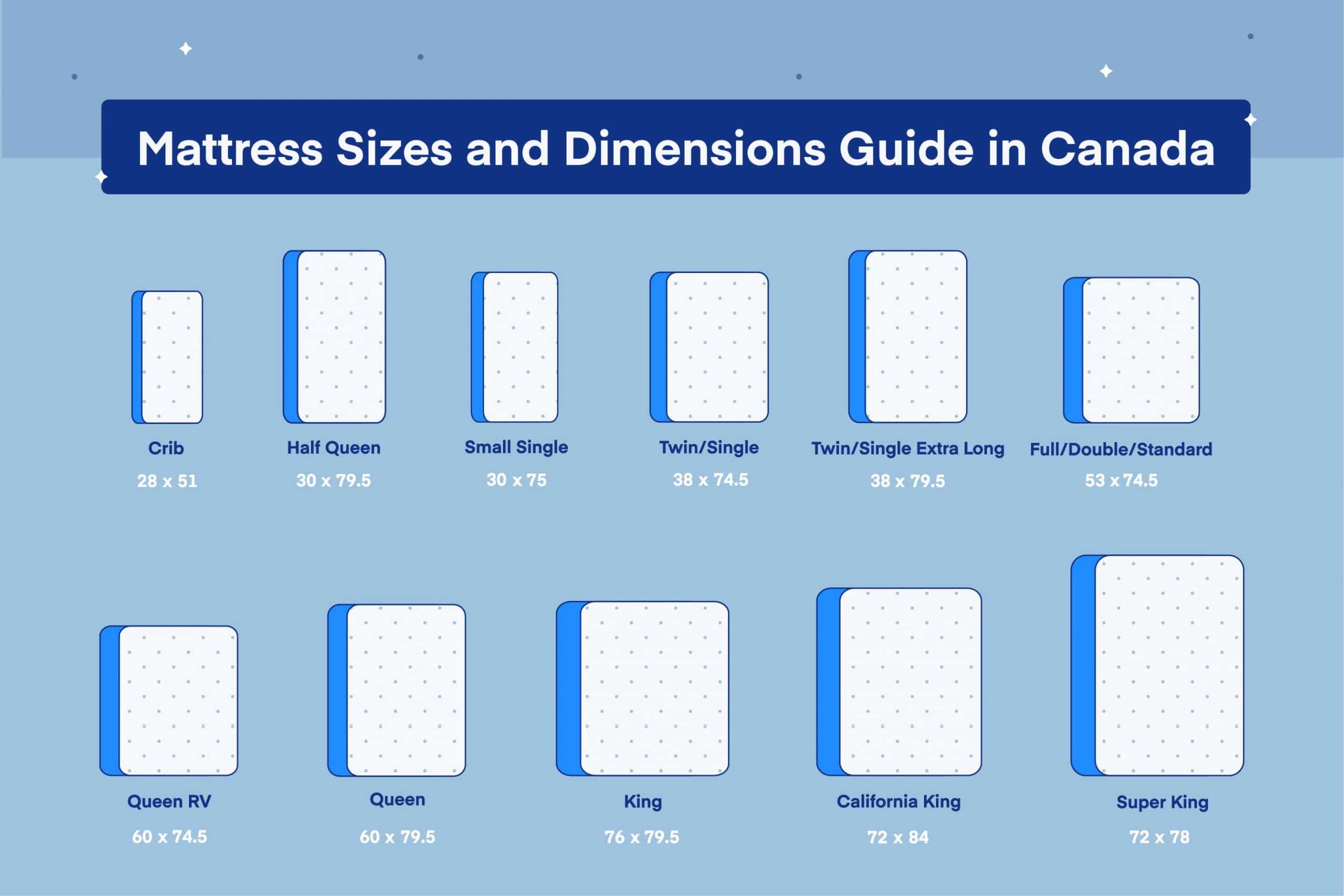





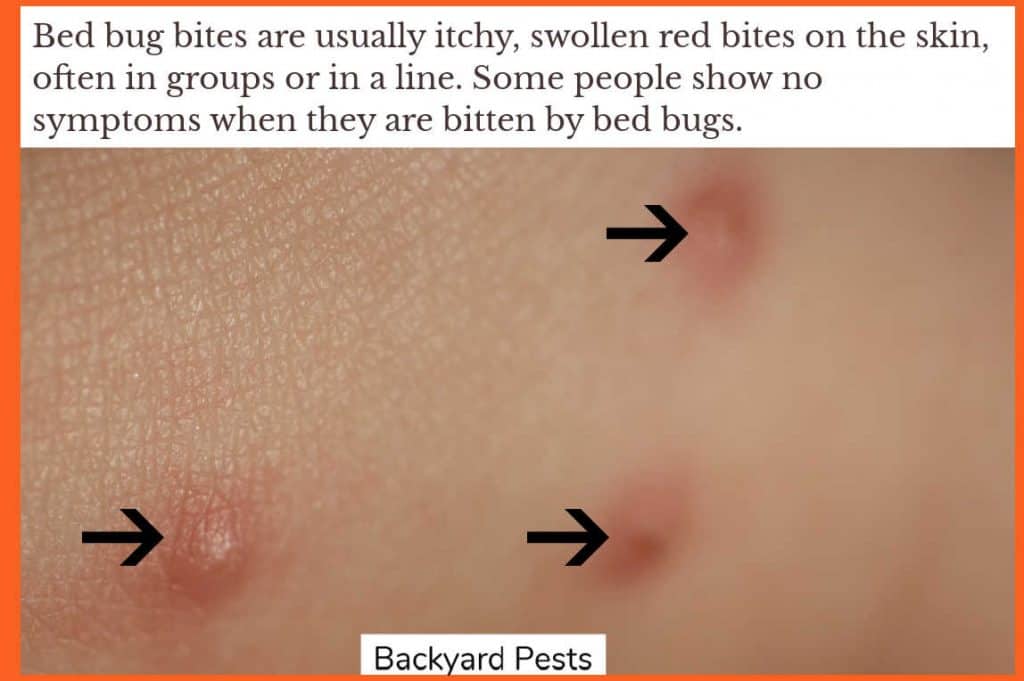
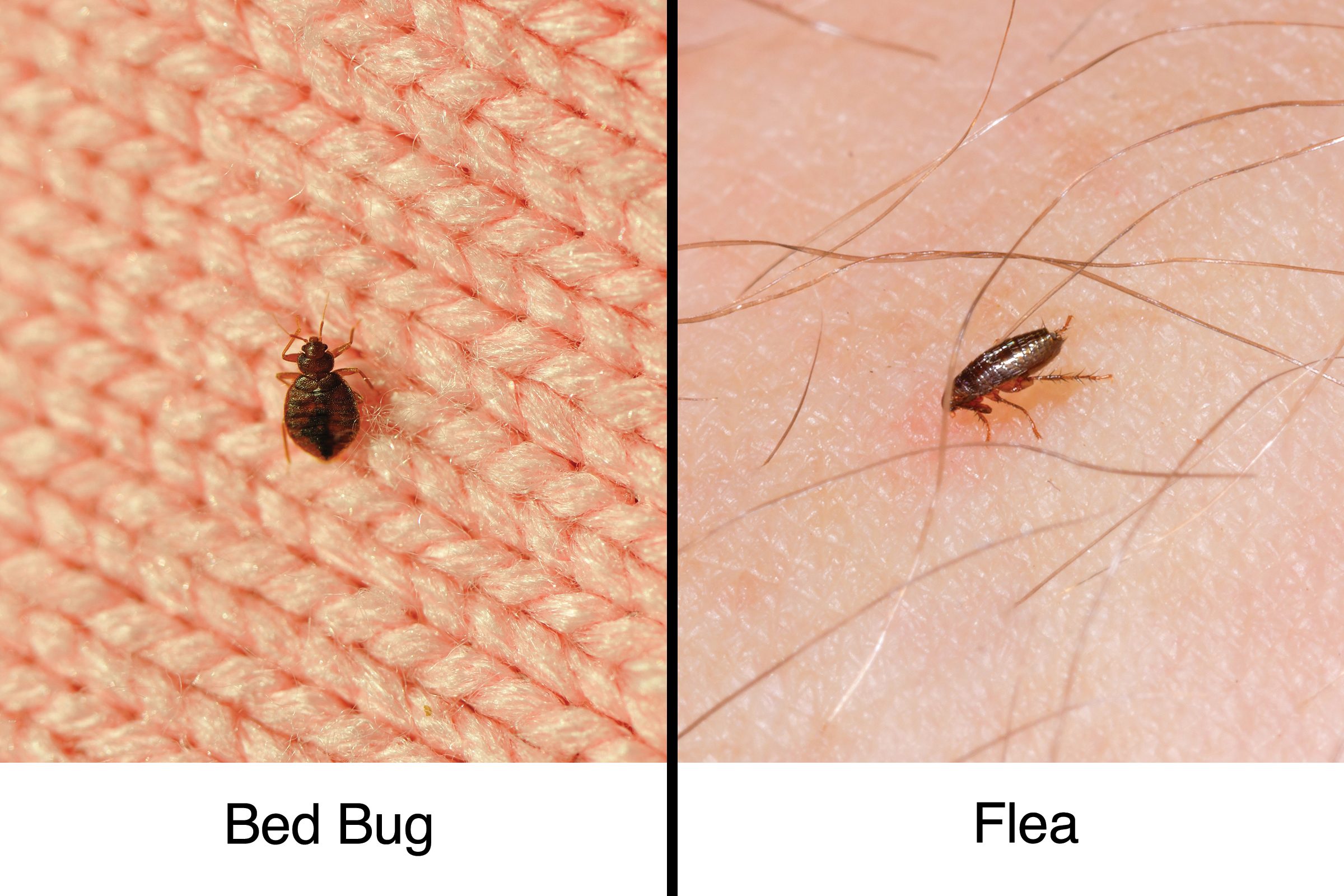
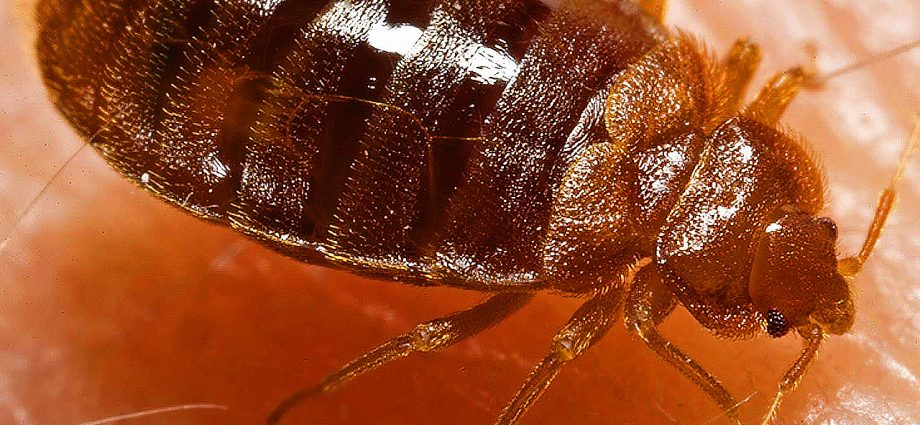

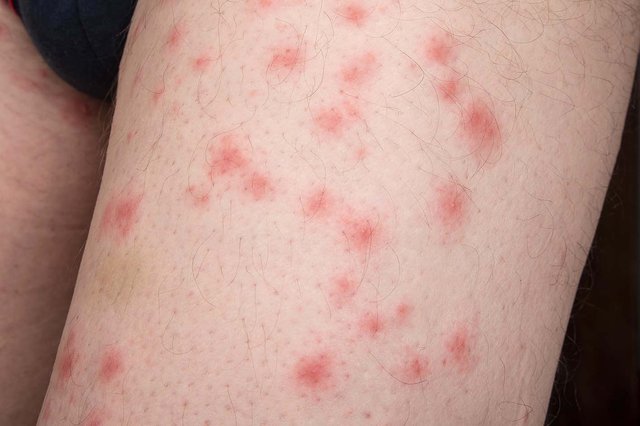
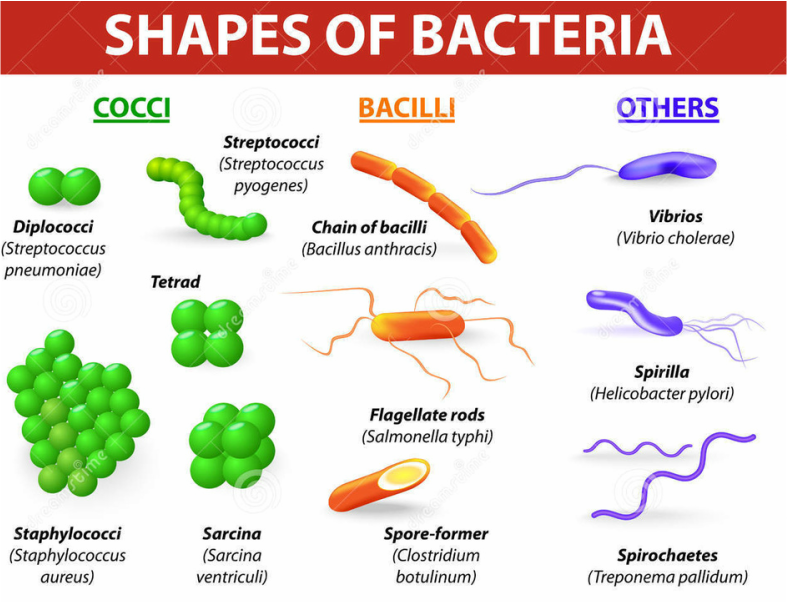
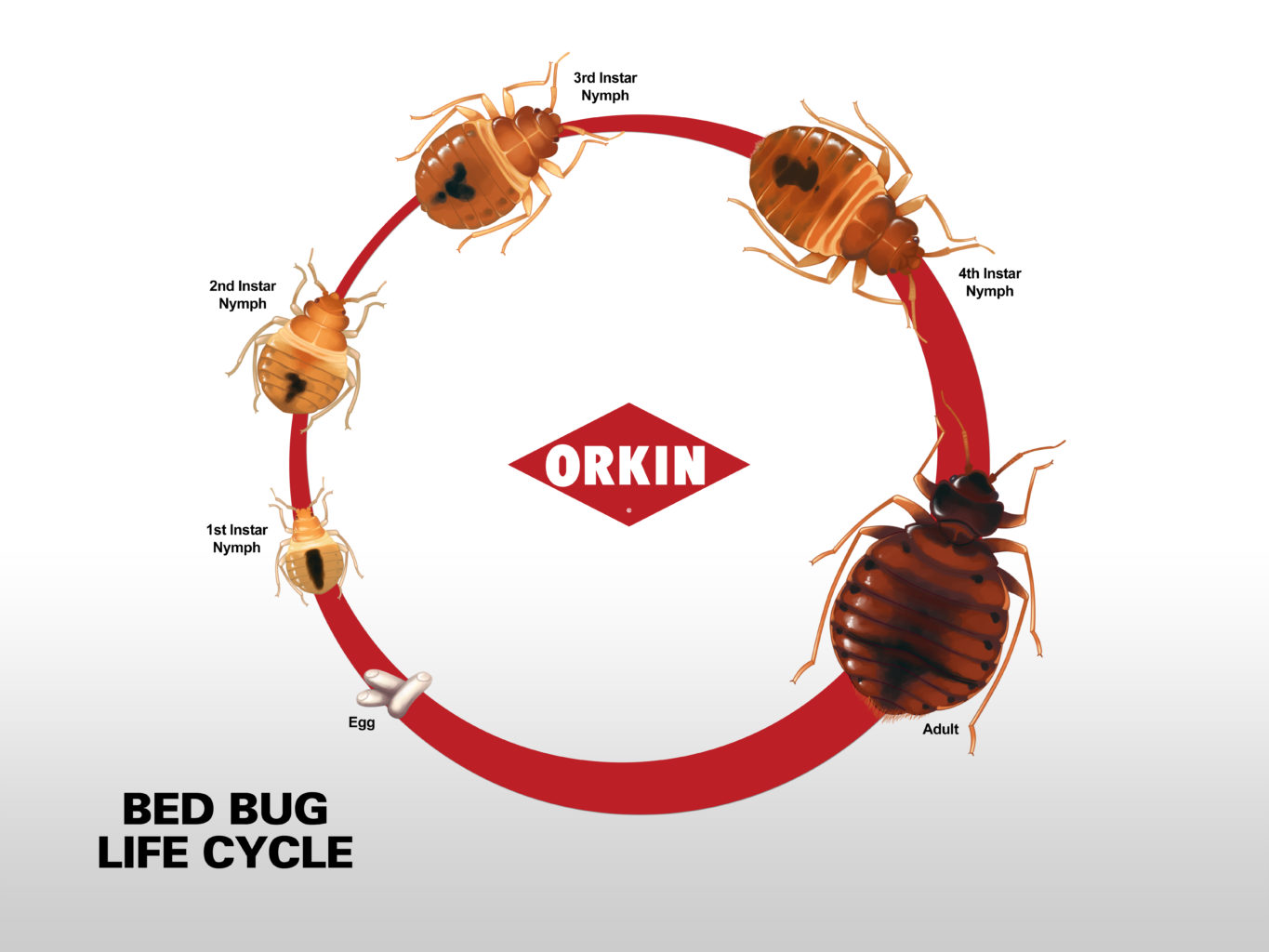

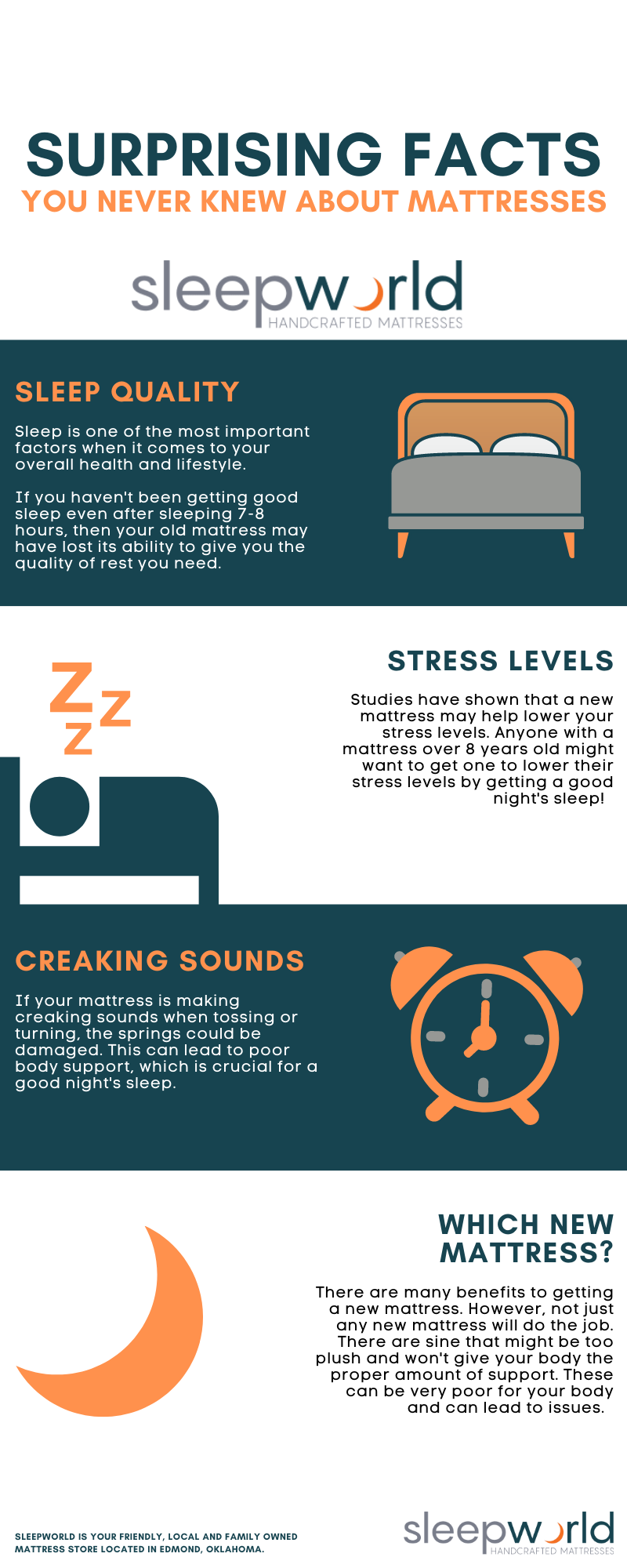








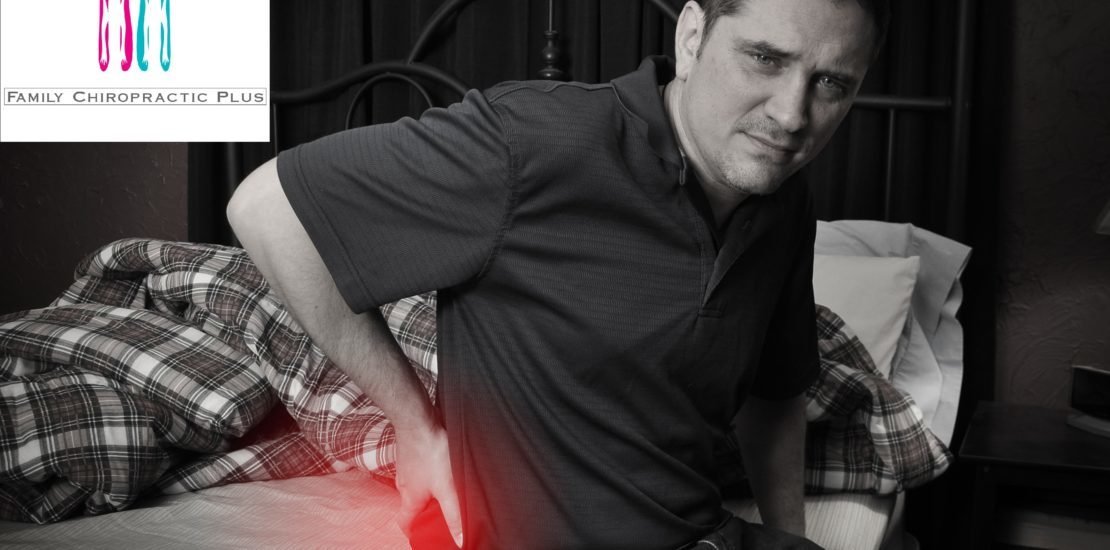

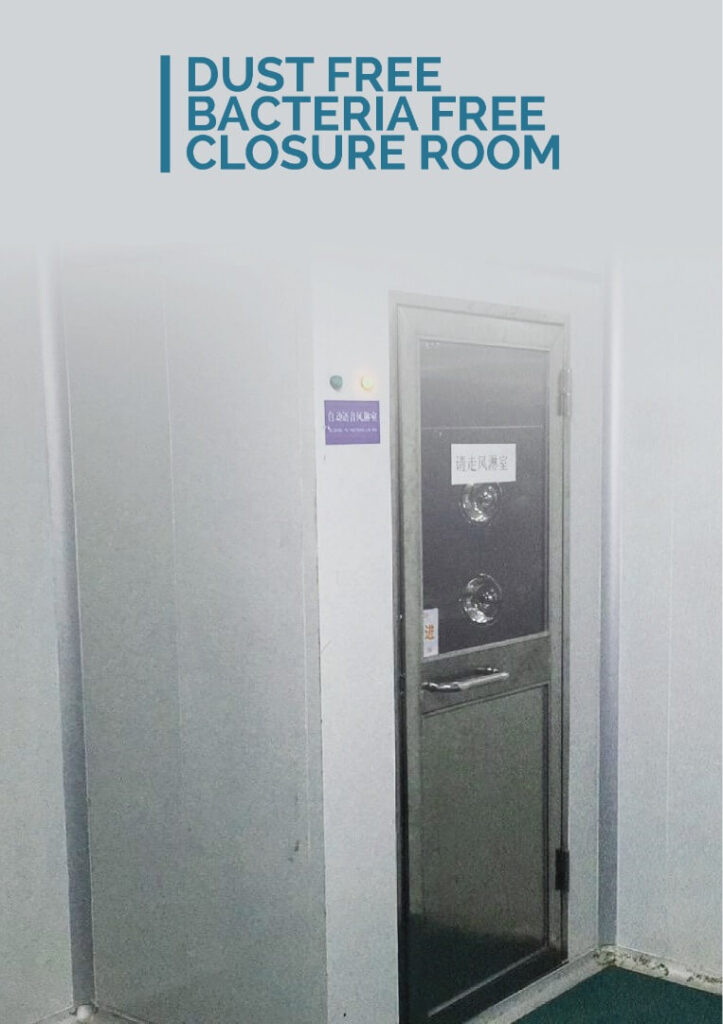


:max_bytes(150000):strip_icc()/skin_pore_bacteria-596fcb9703f40200105dc79b.jpg)










